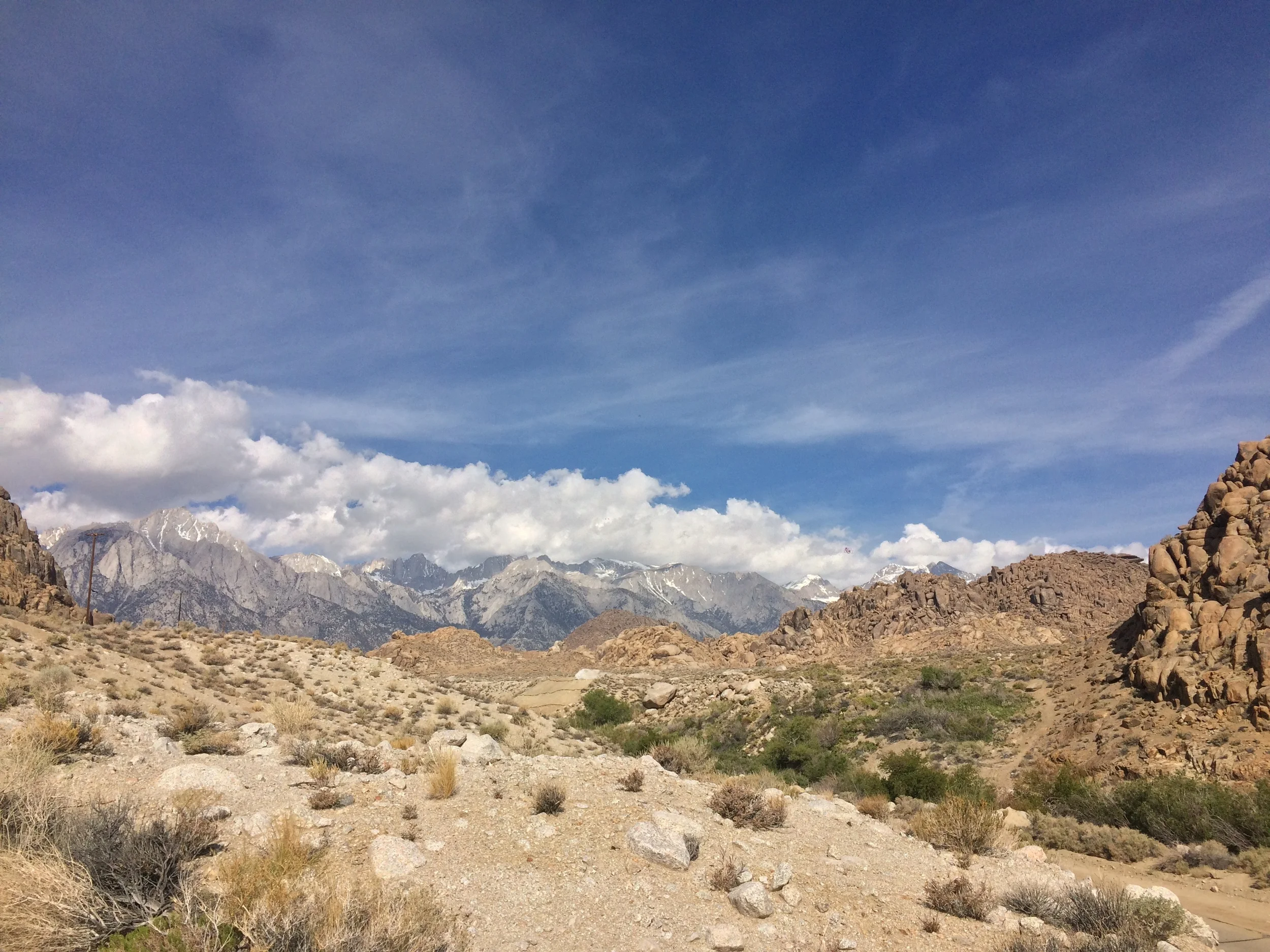Generally, winter months and winter sports get all of the publicity about proper layering for obvious reasons. For me, however, layering is just as important during the summer months, mainly because no matter where one goes and what one does, one will encounter long days, heat, and a lot of sun exposure. In this regard, having a reliable base layer than can keep one cool, not get soaked with perspiration, and hold up to the rigors of multi-sport activities is worth its weight in gold, especially if it does not become smelly after a long day.
Gear Review: Source Outdoor 2L Durabag Hydration System
Irrespective of season, the most important thing of any adventure is ensuring that one stays properly hydrated. And no matter what one is doing, without water, things usually take a turn for the worse fairly quick. Although the various times of year each present their own challenges to staying hydrated, in my mind the most difficult time to stay hydrated is during wintertime. Unlike say, summertime, when everyone is hot and sweaty and therefore obviously thirsty, during cold weather, the body’s thirst response is diminished, and sweat evaporates faster in the cold air, leading one to conclude that they are not dehydrated when they are. Also, in cold temperatures there is an increased rate of respiratory water loss, which when combined with normal alpine respiratory water loss, leads to faster dehydration as well.
2016 Holiday Gift Guide
From start to finish, the one consistent thing about each year for me is that I use a variety of products to do a number of things. In certain ways, I am a creature of habit and I use certain pieces of gear until they unravel, break or otherwise need to be replaced, because they are either that good or I see no need to upgrade just to upgrade. Equally as consistent, I also receive a variety of pieces of gear to test for a variety of companies; and on occasion, I also learn about products that I want to purchase, or need to purchase for a number of reasons. At the end of the year, I look back on what I did, what worked for me, what didn’t, and make up a list of things that I’d recommend for a last-minute gift guide. As always, if the product made my list, you can be sure that it was tested in a variety of situations over a period of time. So, without further ado, here’s what I’d recommend for 2016 on a variety of fronts:
Gear Review: Serac Classic Camping Hammock
In 2016, the two things that people want for their outdoor adventures are the ability to explore farther, while remaining comfortable. This perspective has been brought about by two things as well: the increased number of people that are interested and have access to the wilderness spaces of the world, and decades of innovation in outdoor products. Today, the days of wearing wool socks with a liner are long gone, along with heavy backpacks, heavy sleeping bags and heavy tents. The modern day outdoors-person, whether they are a novice or an expert now expects, and is accustomed to lightweight durable products that fit multiple roles.
Gear Review: TETON Sports Altos 0 Degree Ultralight Down Sleeping Bag
Other than the ten essentials, one of the most important – and overlooked items that people need for any adventure is a quality night’s sleep. From helping experienced mountaineers to acclimatize or novice hikers to simply rest, a good night’s sleep provides a plethora of benefits, irrespective of whether one is in the front or backcountry. While many factors go into obtaining a good night’s sleep, the main factor is appropriate overnight gear, which in most outdoor adventures means a good sleeping bag. While over the last thirty years sleeping bag technology has advanced with new materials, synthetic materials, and better construction, even in 2016, not all sleeping bags are created equal.
Gear Review: Tribe Provisions Adventure Tent II
On one of my more recent camping trips, all that I brought was my sleeping bag, and a groundsheet. Last year, when backpacking, I carried a hammock instead of a tent. When I am mountaineering, generally, all that I bring to sleep in is a bivy sack. The reason that I can use all of these lightweight products and be fine in the wilderness is that I have years and years of experience. But the thing that I, and many outdoors experts sometimes forget – or don’t mention is that before we could use all of the super-cool hi-tech lightweight toys responsibly, there was a period where we learned how to camp; how to backpack, and in my case, how to mountaineer. In short, there was a point where we were beginners – and we used normal, beginner, every-day use beginner gear.
Gear Review: Ecosox Hiking Socks
One of the most important things, if not the most important thing a person can do when hiking, backpacking, mountaineering, trail running, or climbing is to ensure that their feet are healthy. While this may sound like a ridiculous statement, it is actually the key to both short term and long term success on the trail. Everything in all of these sports starts from the feet. A person’s feet are the only body parts that actually directly deal with the trail, and are the only parts that must adjust to differing conditions on and off the trails. Sure, these sports require conditioning and core strength to be effective, and sure, other parts of the body – such as the back can be affected by other pieces of equipment, but really, for most outdoor activities, where the rubber hits the road is where the road hits the feet.








